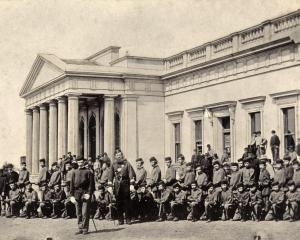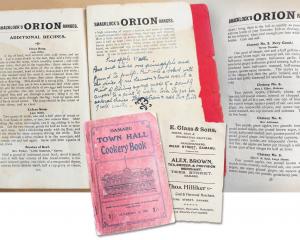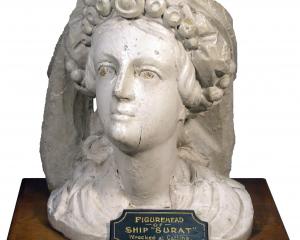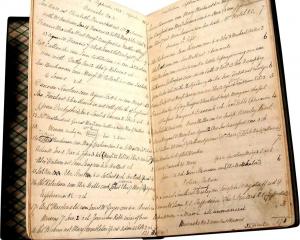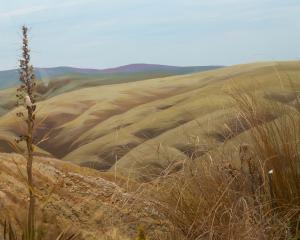A small silver band in Toitu Otago Settlers Museum tells a melancholy tale, writes Toitu curator Sean Brosnahan.
Toitu's new display, The Otagos at Gallipoli, includes a small silver band that tells a melancholy tale. In September 1914, while the Otago Infantry Battalion was in training at Tahuna Park, the battalion's band was presented with eight new sets of bagpipes.
They were a joint gift from Dunedin's Scottish societies - the Burns Club, Gaelic Society and Caledonian Society - as recorded in an inscription on each set.
The troops piped their way through Dunedin prior to their departure, then played the pipes at sea en route to Egypt and in camp while training near Cairo.
The pipes also went ashore at Anzac Cove, in April 1915. Soon after the landing, a Canadian member of the Royal Naval Division was on the infamous beach when he noticed a set of bagpipes lying there.
They were, he recorded, ''smashed to atoms, and covered with blood''. Catching the glint of silver, he carefully removed the inscribed band as a souvenir.
Two years later, having transferred to the Royal Flying Corps, he found himself in England training alongside a New Zealander.
Learning that his new colleague hailed from Dunedin, he passed on the silver band and asked him to return it to the city's Scottish societies.
The trainee New Zealand pilot was Ronald Burns Bannerman, a great-grandson of Dunedin's founding minister Thomas Burns.
He went on to survive some 190 combat sorties and became New Zealand's first flying ace of WW1.
In due course Bannerman returned to Dunedin and solemnly presented his mournful relic to the Burns Club.
The club subsequently passed the silver band on to the museum.
So don't pass by without having a closer look.
Think of the stirring sound of the pipes echoing around Anzac Cove as ''our boys'' went bravely to their fate.
• Cool and Collected runs fortnightly, sharing stories from the collections of Otago Museum, Toitu Otago Settlers Museum, Dunedin Public Art Gallery and Olveston.




